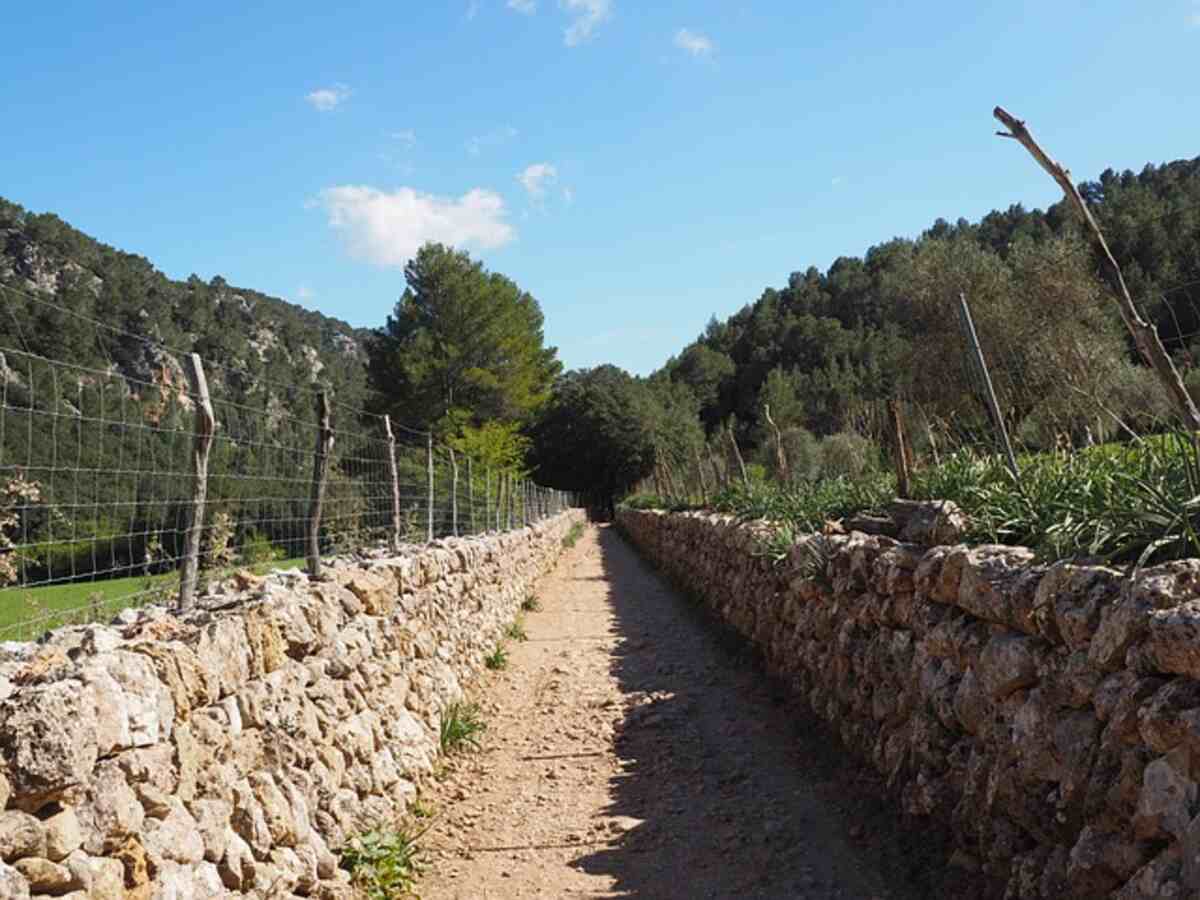DIY – You Do It! Drywall installation is a valuable task for any homeowner to take on. Whether installing new walls as part of a renovation or repairing a ceiling damaged by a leaking roof or air conditioner pan, drywall work will be required at some point. The best part is that anyone can accomplish it given the correct information, the right tools, and some experience. The bare minimum of information required is as follows:
Materials—This one may seem apparent, but several choices exist.
Drywall or sheetrock is available in 1/4″, 1/2″, and 5/8″ thicknesses. Half an inch is the standard in homes. Due to its higher fire resistance rating, 5/8″ is more typically utilized in commercial work and is required by building codes in many regions. When a distinctive look on the wall is required, 1/4″ is generally applied over paneling or plaster. If you need to replace a section of drywall, measure its thickness to ensure you’re getting enough.
Gray sheetrock is the industry standard and will be used for most interior walls and ceilings. Green rock is more water resistant. Thus it’s the better choice for bathrooms and kitchens. Drywall made with the same cement fiber ingredients as tile backer boards is now also available for use on walls that will be finished with tile.
The cornerstone of any successful do-it-yourself drywall job is a joint compound, often known as sheetrock mud. This will either come as a paste that needs only to be combined with water or as a powder that will be shipped in bags. Quick-drying Kwikset materials are also available for repairs.
Fiber tape is frequently used in repairs since it removes the need for joint compound, while regular paper joint tape is also available.
Nails versus Screws: Nails are more common in home construction, while screws are more common in commercial buildings (because metal studs are utilized). However, fast screw guns have increased screw usage in the home.
Tools–Most do-it-yourself drywall installations require a few standard tools.
Drywall Knives: These knives seem more like a spatula than a knife, and they aren’t used for cutting at all; instead, they’re used for spreading mud, taping seams, floating, and skimming. From about 3″ (typically used for taping seams) up to 12″ (typically used for swimming and skim coating), they are available in a wide range of widths. Each successive size of skim coat will require
somewhat more material, so you should always have at least three on hand.
Mud Pans are rectangular containers, typically made of metal or plastic, that store joint compound before it is applied to a surface. You can use the knives with one hand because they are narrow.
These days, most people use utility knives with detachable blades to cut sheetrock instead of a dedicated saw. If you want a smooth, clean cut, replace them as often as necessary. Long (approximately 10″) triangular saws with short handles, sheetrock saws are most commonly employed for making openings in drywall for wiring and plumbing.
Mix the mud by hand with a drywall knife if you only make a tiny repair, or use a high-powered drill and paddle bit. However, a power drill is necessary for more significant DIY drywall installation tasks to mix the mud with a paddle to the correct consistency and eliminate lumps.
As for what “hanging” means, that’s quite obvious, mount it on the wall or ceiling using nails or screws. Two quick suggestions.
Lock it down. Use plenty of nails and screws; don’t economize. When leaning against a wall, you don’t want to see any movement. Inadequate fastening will cause the mud to break.
Be Aware of the CutoutsMonitor the status of all electrical outlets, including telephone jacks. They are simple to conceal and challenging to unearth.
Sheetrock is hefty, so be sure to bring in enough help. Get a helping hand holding it while you drive the nails or screws in. Particularly so when suspending ceilings.
Ensure the nails or screws go through the surface so they may be hidden with mud by countersinking them.
The most important part of a do-it-yourself drywall installation is the finishing procedure, known as tape and floating.
You can use either paper or fiber tape to tape the seams. Press the video into the mud and over the seam with a drywall knife after spreading a thin coat of soil over the seam with paper. The extra dirt can be cut away with a knife. After this, the ground must dry before the first skim coat is applied. Fiber tape’s main benefit is that it can be attached to drywall without using mud. This means a skim coat can be applied right away.
Float and Skim Coatings: One coat is usually sufficient, but two or three may be needed. The goal is a flat surface devoid of any undulations. Getting the mud to the appropriate consistency for spreading is crucial for a successful DIY drywall installation. The other is simply time spent practicing. It’s easier for some folks to pick up than others. However, practice makes perfect, so keep at it!
Visit http://www.yourselfhomerepair.com/doityourselfprojects.html for additional DIY project guidance.
Find out how to properly install and fix drywall. Visit http://www.yourselfhomerepair.com/drywallrepair.html for more information.
Former general contractor Glenn Whitehead has worked in the Houston, Texas, construction industry for over 25 years. He is the webmaster of YourselfHomeRepair.com, a resource for DIYers offering how-to articles, advice for hiring contractors, and guidance for drafting contracts.
Read also: https://mycheapseo.com/category/technology/
